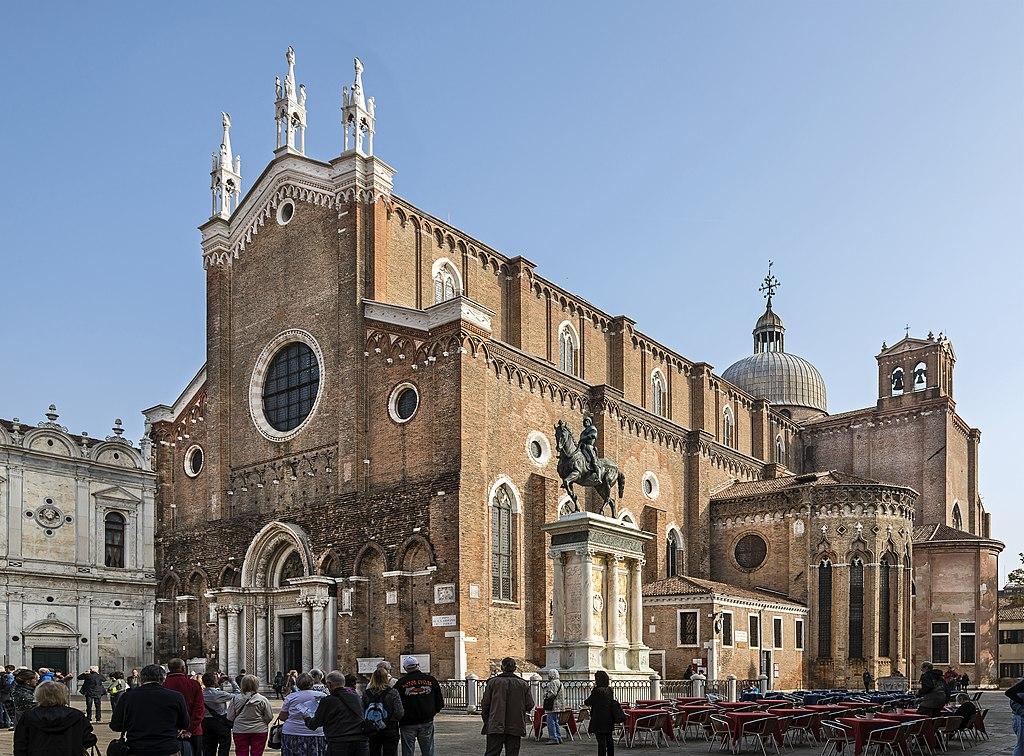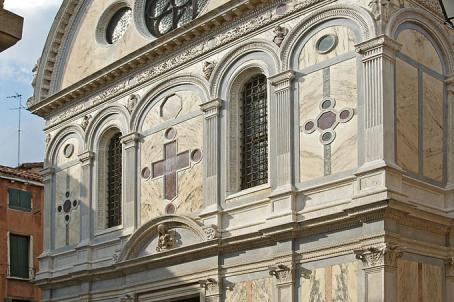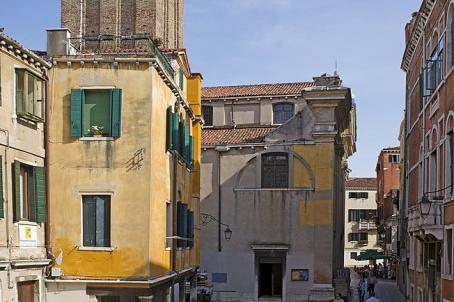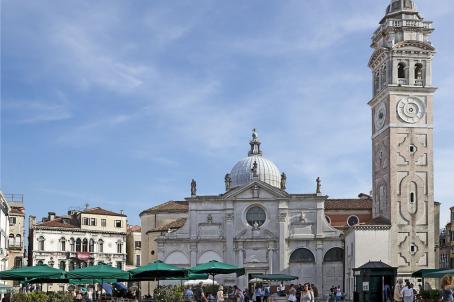Basilica dei Santi Giovanni e Paolo
The Basilica of Saints John and Paul, known as San Zanipolo, a Venetian contraction of Santi Giovanni e Paolo, is one of the most imposing medieval religious buildings in Venice. It is considered the Pantheon of Venice because of the large number of doges and other important people who were buried there from the 13th century onwards. According to legend, the origins of the basilica are linked to a vision of the doge Jacopo Tiepolo who, after dreaming of a flight of doves over a marshy area, donated it in 1234 to the Dominicans, who had been present in the city for more than ten years. The church was immediately built. The work was completed in 1343, but the embellishment work lasted almost a century longer: on 14 November 1430, the church was solemnly consecrated.






